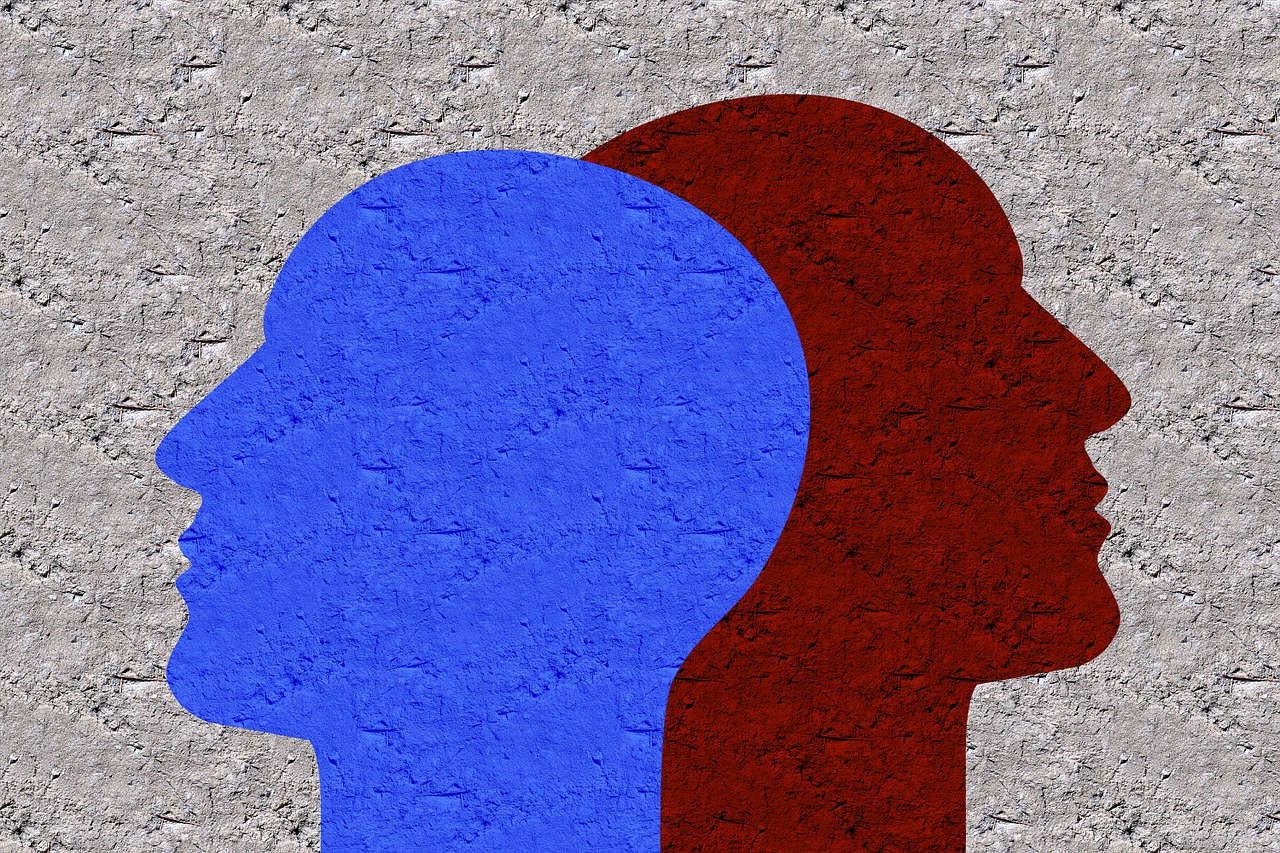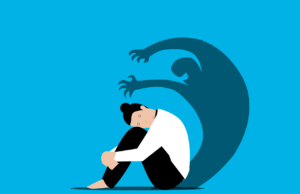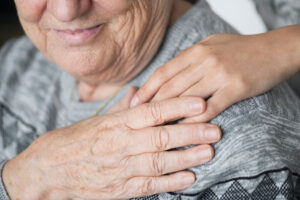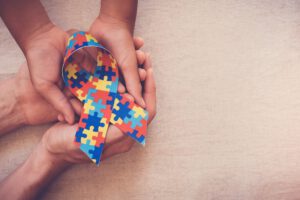Developmental and shock trauma
Although not mutually exclusive, since the same person can suffer from both, Levine differentiates between ‘developmental’ trauma and ‘shock’ trauma. Traditionally, the area of developmental trauma has been dealt with by psychoanalytic theory. Freud grappled with the intricacies of developmental trauma, and continually revised his thinking on the subject throughout his life. His various contributions were reviewed by Khan (1981), and expanded upon with the introduction of Khan’s concept of ‘cumulative trauma,’ and its effects on ego development (including that of the body-ego).
Levine and other SE trauma therapists, such as Diane Heller, have developed their own way of working with developmental trauma, emphasizing the importance of facilitating the conditions for the creation of a new ‘neural pathway,’ even though they themselves acknowledge that some realities cannot be changed. This is thought to occur via what Levine and others understand to be a ‘corrective experience,’ a construct that traditional psychoanalysts take issue with: since not everything can be repaired or healed, they consider the word ‘corrective’ to be misleading. For example, a child who was abandoned will remain with and be affected by the imprint of this experience throughout life. It cannot be undone or corrected, although he or she may be helped to create a new balance of positive and negative experiences, and bypass it upon creating new attachments. Given the neuroplasticity of the brain, that new neural pathways can be created is not disputed.
Unresolved trauma often produces symptoms. These symptoms are messages (Levine, 2008) informing us that something doesn’t feel quite right and requires our attention. Since many body/mind conditions share similar symptoms, the appearance of the following symptoms does not necessarily mean they are caused by trauma. However, in the absence of an alternative explanation, it is worth considering persistent symptoms and pain in the context of trauma – including minor, possibly ‘forgotten’ trauma.
I. According to Levine (2008), the first symptoms likely to appear immediately after an “overwhelming event” may include:
hyperarousal (e.g., a racing heart, sweating, racing thoughts)
constriction (e.g., altered breathing, posture and muscle tone; constricted blood vessels; tense muscles; feeling numb and ‘shut down’)
dissociation (e.g., a part of the body may feel disconnected or almost absent)
denial (e.g., the link between an event and the attendant feelings/thoughts/memories is severed)
feelings of utter helplessness and collapse, immobility and freezing.
These symptoms usually have both bodily and mental referents.
Other possible symptoms that may manifest themselves after an overwhelming event are listed below. As Levine himself points out, the purpose of this list in not diagnostic, but simply to give the reader a sense of the scope of the possible manifestations or sequelae of trauma, which Levine views as ‘internal wake-up calls.’ Once the symptom’s adaptive message is acknowledged, understood and heeded, its job is done, and it may thus disappear. Levine refers to this as part of the process of ‘healing trauma.’
With the above in mind, here are other possible sequelae of trauma:
Hypervigilance (being constantly ‘on guard’)
Intrusive flashbacks or imagery
Heightened sensitivity to light and sound
Hyperactivity
Exaggerated emotional or startle responses
Nightmares
Abrupt mood swings (frequent crying; anger; temper tantrums; rage)
Shame-humiliation
A sense of self-depreciation and lack of self-worth
Being easily ‘stressed out’
Difficulty sleeping
Anxiety, panic attacks, phobias
Mental ‘blankness’ or ‘spaced-out feelings’
Avoidance behaviors (of people, places, activities, movements)
Attraction to potentially dangerous situations (e.g., extreme sports)
Addictive behaviors (overeating, drugs, alcohol)
Exaggerated or diminished sexual activity
Forgetfulness and amnesia
Inability to bond, love or nurture other people
Fear of dying
Self-mutilation (e.g., cutting)
Loss of sustaining beliefs (spiritual, religious, interpersonal)
Depression and a sense of impending doom
Feelings of detachment, alienation, isolation
Reduced ability to formulate and implement plans
Excessive shyness
Diminished emotional response
Inability to make commitments
Chronic fatigue or low energy
Immunological problems
Endocrine problems (e.g., thyroid)
Headaches, migraines, neck and back problems
Chronic pain
Fibromyalgia
Asthma
Skin disorders
Digestive problems (e.g., spastic colon)
Severe premenstrual syndrome
Some symptoms may take years to appear, and the person (or treater) doesn’t necessarily link them to the traumatic event, which may have been minimized or forgotten. They may appear in clusters, may either come and go, or persist.
A final symptom that Levine describes at length, is that of the compulsion to repeat, a process that psychoanalysis has tackled since its inception (Freud, 1914g, 1937c). Certain events may be encoded in implicit (procedural) memory and re-enacted in one’s play and life circumstances until our nervous system response to them is discharged and completed in the SE sense (e.g., completion of incomplete/truncated discharge of fight and flight responses). An example might be someone prone to repeated involvement in car accidents. The beauty of SE is that it may help renegotiate events via the symptom/s, even when the narrative is missing.
For a more detailed description and discussion of these symptoms, the reader is referred to Levine’s Healing Trauma (2008). Keep in mind that the presence of such symptoms does not necessarily imply past trauma. At the same time, it may be useful to review past traumas in one’s history, although they are not always explicit memories accessible to conscious retrieval. Sometimes they take the form of procedural memories that unfold in specific action patterns that can be identified and subsequently worked upon in SE therapy.
Written for the general public, Levine’s book includes many self-help exercises to familiarize the reader with what is possible with SE. That said, work with an SE therapist is recommended, especially at the beginning, until readers learn the ropes of self-help and know when to seek professional help for an additional piece of the work.
Earlier, I mentioned that facilitating discharge of unused survival energy is a way of immunizing the autonomous nervous system. The reason for this is that the discharge of excess energy makes room for and increases our ability to contain other challenging events (an instance of Piaget’s notion of assimilation and accommodation, if you will.) However, there is something else we can and should do on an ongoing basis: we must cultivate our resources, both internal and external. I follow Gina Ross, in defining a resource as something that brings about a sense of well-being, without having a price attached (such as in the chemical dependence on drugs and alcohol, for example.) I am convinced that each moment we spend with a resource strengthens our ‘healing vortex’ (Ross, 2008), particularly if we learn to become aware of how it affects us in the body (e.g., perhaps we breathe more deeply, our chest expands, we relax.)
The more we consciously surround ourselves with resources (e.g., a pebble we picked up at the beach, a vase with freshly cut flowers or a cherished photograph in our office, the sounds of birds chirping outside, the ever-changing sky and its cloud formations, music, taking a short walk during the middle of the work day, spending time with or talking with a friend, sports and other experiences that can restore the sense of physical safety), the more we are recharging our batteries and expanding our healing vortex. The more it grows, the easier it is to dissipate the stresses and strains of everyday life, especially if you live in the Middle East or another tension-filled zone. Physical, embodied awareness of these resources reminds our autonomous nervous system that discharge (relaxation) follows charge (arousal), and we strengthen our ability to self-regulate as we pendulate back and forth from the trauma vortex (constriction) to the healing vortex (expansion).
I would like to end this post with another quote from Ross (2008):
We will know we have discharged the traumatic energy and moved ourselves out of the trauma vortex into the healing vortex when we recover our basic functions. Sleep and eating disturbances disappear; our emotions stabilize; and fear, shame and anger take a back seat. We don’t feel like isolating ourselves anymore. Instead, we feel connected to our body and feel that we ‘got ourselves back.’ Life feels again normal and exciting. (p. 94)
References
Freud, S. (1914g). ‘Remembering, repeating and working through.’ S.E.., 14
(1937c). ‘Analysis terminable and interminable.’ S.E., 23.
Gendlin, E. T (1982). Focusing. New York: Bantam.
Hartmann, H. (1939). Ego Psychology and the Problem of Adaptation. London: The Hogarth Press.
Khan, M.R. (1963). ‘The concept of cumulative trauma.’ (1963). In: The Privacy of the Self (1981). London: The Hogarth Press.
(1964). ‘Ego-distortion, cumulative trauma and the role of reconstruction in the analytic situation. In: The Privacy of the Self (1981). London: The Hogarth Press.
Levine, P. (2008) Healing Trauma. Boulder, Colorado: Sounds True.
Porges, S. (2011). The Polyvagal Theory. Neurophysiological Foundations of Emotions Attachment Communication Self-Regulation. Norton Series on Interpersonal Neurobiology. New York: Norton.
Ross, G. (2008). Beyond the Trauma Vortex Into the Healing Vortex. A Guide for Psychology and Education. Los Angeles, CA: International Trauma-Healing Institute.
Solan, R. (2015). The Enigma of Childhood. The Profound Influence of the First Years of Life on Adults as Couples and Parents. London: Karnac.
Winnicott, D. W. (1941). ‘The observation of infants in a set situation.’ In: Collected Papers (1958).











